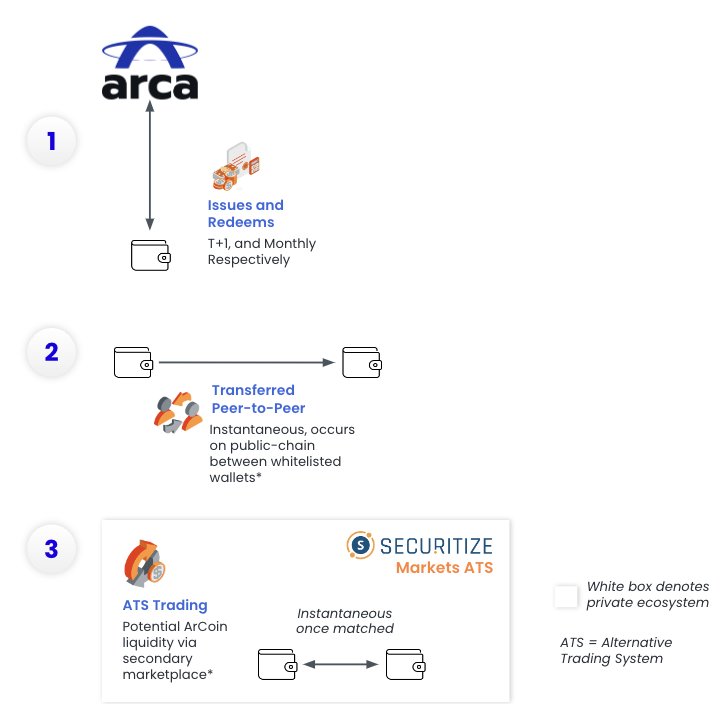Research Summary
This report discusses the growing issue of Ethereum’s increasing validator set size, which is projected to reach 1.4 million by May 2024. The rapid growth has sparked concerns among Ethereum protocol developers due to the strain it places on peer-to-peer networking and the technical debt it creates. The report explores various short-term and long-term solutions proposed by developers to mitigate this issue, including capping the validator churn limit, adjusting the reward curve, and increasing the validator maximum effective balance. The report also highlights the potential impacts of these changes on Ethereum’s network and monetary policies.
Key Takeaways
Ethereum’s Validator Set Size Growth
- Increasing Validator Set Size: As of September 14, 2023, Ethereum has 795,135 active validators, a 41% increase since the activation of staked ETH withdrawals in the Shanghai/Capella upgrade on April 12. The number is expected to reach 1 million by mid-November 2023 and 2 million by June 2024 without developer intervention.
- Concerns Over Growth: The rapid growth of the validator set size has raised concerns among Ethereum protocol developers due to the strain it places on peer-to-peer networking and the technical debt it creates, which could make future upgrades more challenging and risky.
- Validator Set Size and Ethereum’s Monetary Policy: The solutions proposed to reduce the validator set size growth could have significant implications for Ethereum’s monetary policy and staking industry.
Proposed Solutions to Reduce Validator Set Size Growth
- Short-term Solution: A short-term solution proposed by Ethereum protocol developers is to cap the validator churn limit to 8 validator entries per epoch. This solution will be activated in the forthcoming Cancun/Deneb upgrade.
- Long-term Solutions: Long-term solutions being considered include implementing super-committees, economic capping of total deposits, and a floating minimum balance. These solutions aim to limit the validator set size while encouraging decentralization.
- Impact on Staking: The proposed solutions could impact the staking industry by potentially discouraging new stakers from joining Ethereum and favoring staking pools over independent stakers.
Actionable Insights
- Monitor Ethereum’s Validator Set Size: Stakeholders should closely monitor the growth of Ethereum’s validator set size and the impact of the proposed solutions on Ethereum’s network and monetary policies.
- Consider Potential Impacts on Staking: Stakeholders should consider the potential impacts of the proposed solutions on staking, particularly the possibility of discouraging new stakers and favoring staking pools over independent stakers.
- Stay Informed on Ethereum’s Upgrades: Stakeholders should stay informed on Ethereum’s forthcoming upgrades, including the Cancun/Deneb upgrade, which will implement the short-term solution of capping the validator churn limit.












